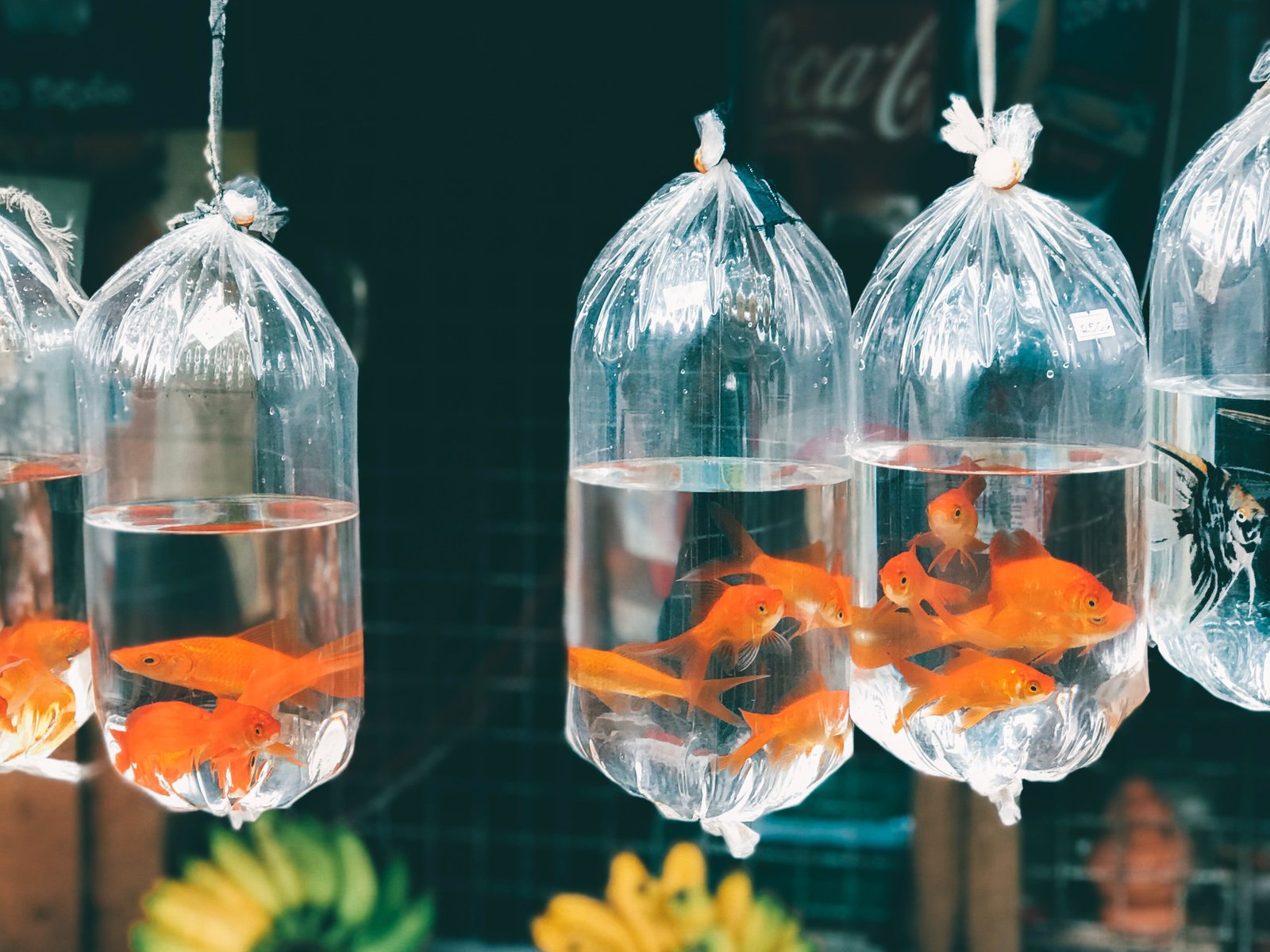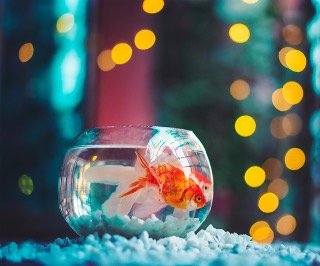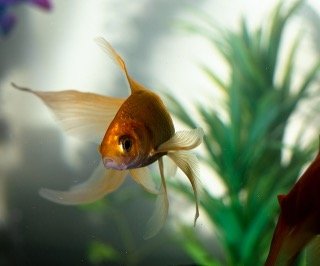
Introduction
Even just looking at fish is entertaining. According to research, it can help you relax and lower your tension. They are great for kids’ first pets. They tolerate less-than-ideal circumstances and are simple to care for. That explains why more than 480 million fish are purchased annually. It becomes an even more entertaining—and educational—hobby to breed them.
Even though goldfish have been domesticated for hundreds of years, they continue to reproduce and lay eggs in accordance with long-established patterns that evolution has prescribed. You now have a great manual for expanding your pet-owning experience. The secret is to create a stable, healthy environment and offer the best nutrition.
How to Recognize a Pregnant Goldfish
Reproduction of goldfish
In order to assess whether the circumstances are favorable or even to evaluate whether your pet is pregnant, it is helpful to start by understanding how goldfish reproduce. Unlike many tropical fish, such guppies or swordtails, which give birth to live offspring, goldfish reproduce by depositing eggs. From the standpoint of evolution, it makes sense. Like other members of their family, goldfish are opportunistic feeders and prey species.
Goldfish gain the advantage they require to live another day by laying eggs while avoiding predators and seeking nourishment.A sticky film covers the eggs, making it the perfect surface for attachment to plants that may offer the required cover. The leaves will provide as cover and defense against the flowing water.
Right conditions
The next thing you should think about is if the environment is good for breeding. Due to their lengthy fins, fancy goldfish like the Veiltail may require some attention. If you haven’t done these things, it’s usually safe to assume that your goldfish isn’t pregnant.
Another item to consider is whether or not your tank has both a male and a female. The first thing to check for are breeding tubercles, which are tiny white bumps on your fish’s pectoral fins. Whether they serve as a defense mechanism against rival males or as a facilitation of copulation is unclear. It frequently goes with longer front fins.
appearance of a female
In general, the female goldfish has a rounder appearance than the male, making body type a sign of sex and the potential for conception. The likelihood that an animal is carrying eggs and getting ready to spawn increases if its abdomen grows. Its behavior can also be impacted by the added weight. It can appear sluggish and move more slowly than usual.
Feeding the Goldfish Fry
The young fish that emerge from the eggs are known as hatchlings. The linked yolk sac will serve as the hatchlings’ sole source of nutrition for the first three days. It’s time to introduce baby brine shrimp or daphnia to your baby goldfish’s diet once the yolk sac has vanished and the fry can move about freely. The fry should ideally be fed at least three times per day.
You can progressively reduce the amount of feedings to twice daily once the fry are old enough to become juvenile Goldfish. Make sure to wait at least six months before introducing the young Goldfish to the adult tank. Due to their small size, this will prevent young goldfish from becoming food for the adults.
You may also like to read Why Don’t Goldfish Live Longer?
Egg-Laying Behavior’s Telltale Signs
Eggs are a certain indicator that a goldfish is pregnant. If you handle your fish when hand-breeding them, you’ll probably encourage their release. It might be seen hovering around the aquarium plants looking for a spot to reproduce. It’s time to return your goldfish to its usual tank after you notice the eggs.
It could be difficult to comprehend why a female would consume her own eggs. In order to understand the survival drive in opportunistic feeders like goldfish, we must go back to it. You and your kids will benefit from learning a great lesson from seeing the fry grow and develop.
Conclusion
When the conditions are ideal, breeding goldfish is not difficult. Knowing when the female is expecting can give you a competitive advantage to guarantee the survival of the children. Fortunately, the physical characteristics and behavior of the fish provide as trustworthy proof that reproduction was successful. The young must be protected and given enough food to grow and reproduce the next generation of goldfish.





